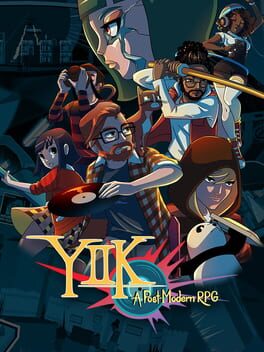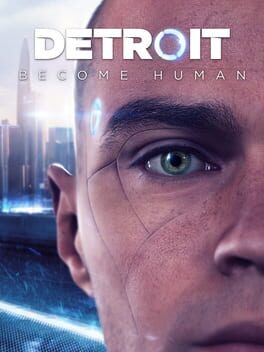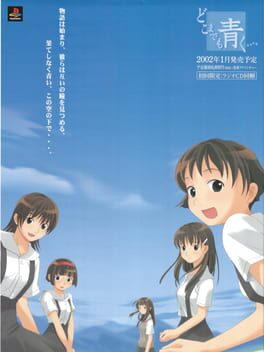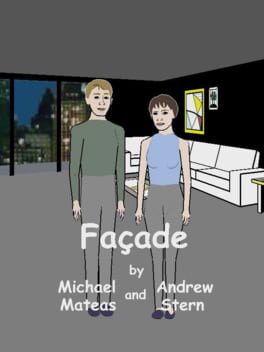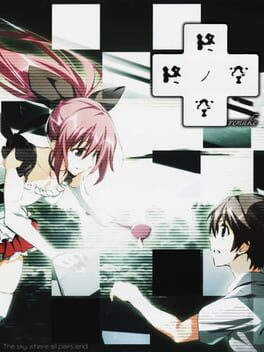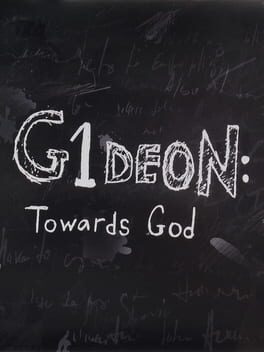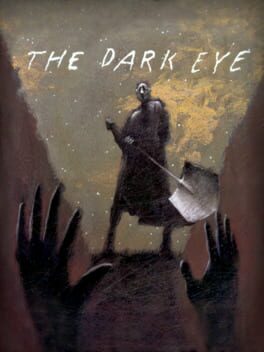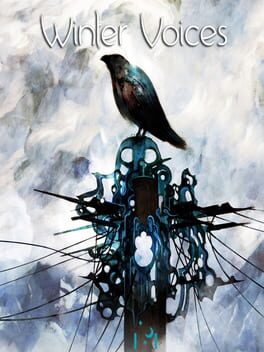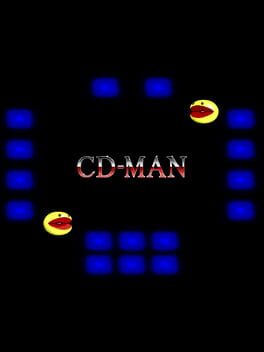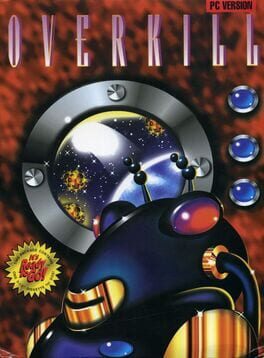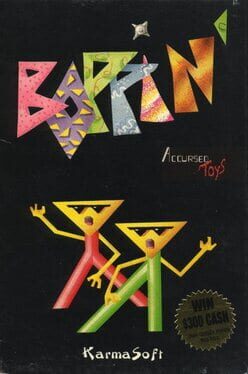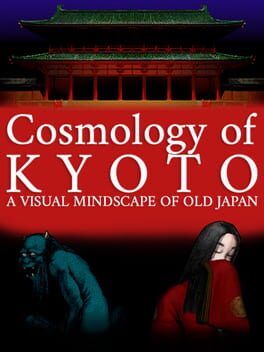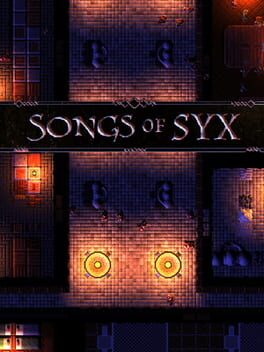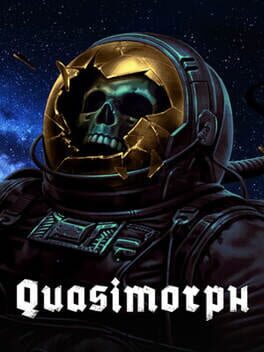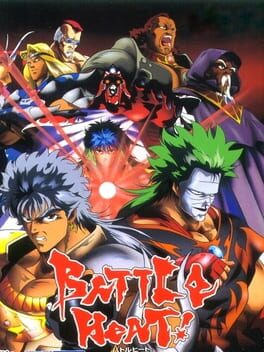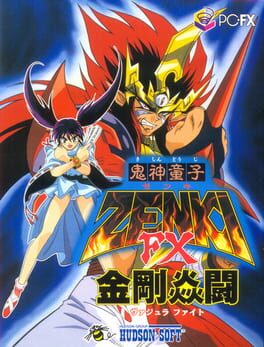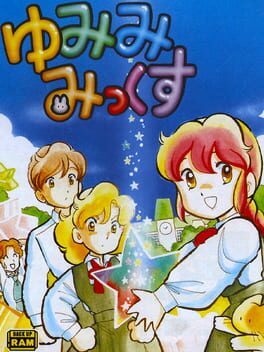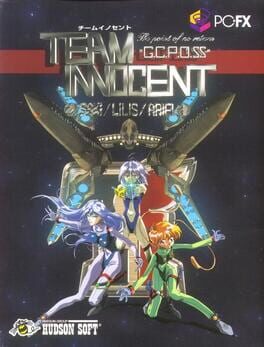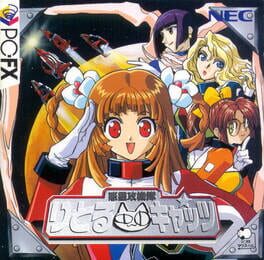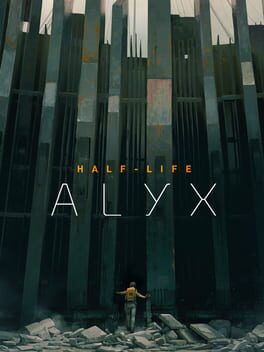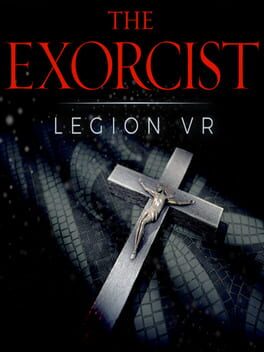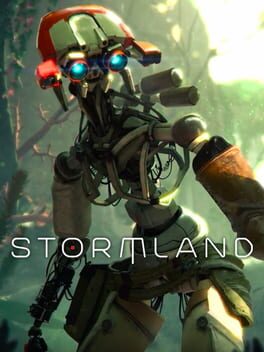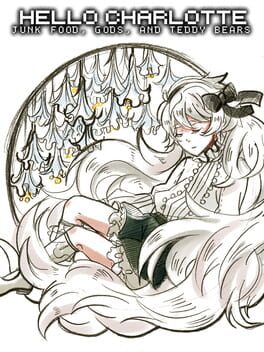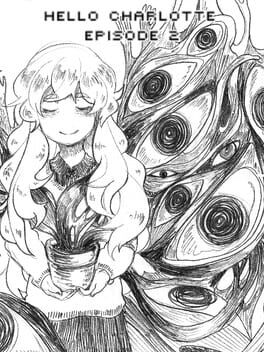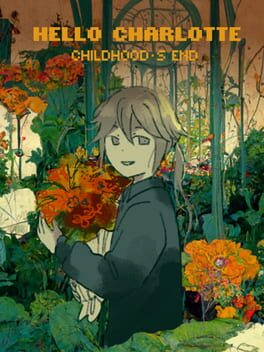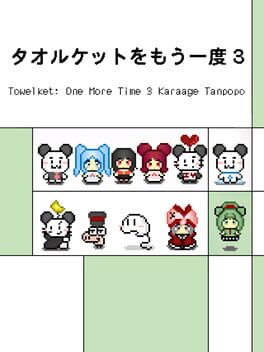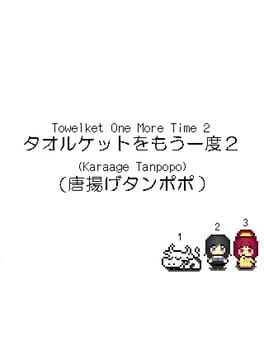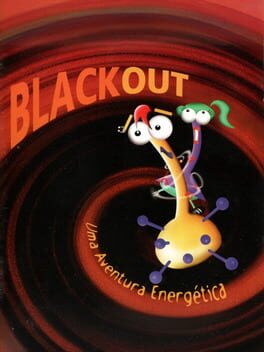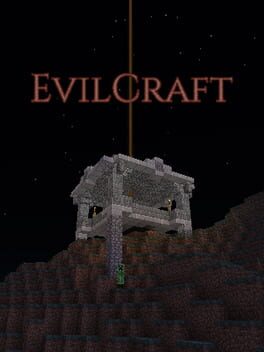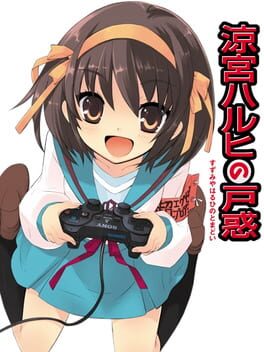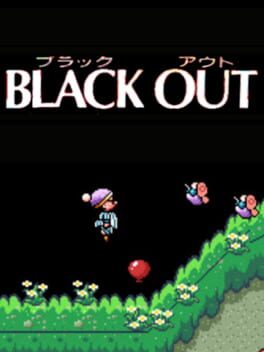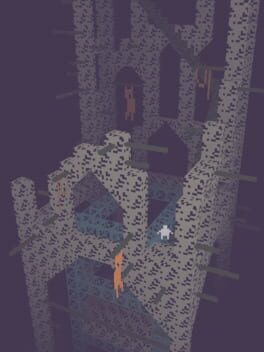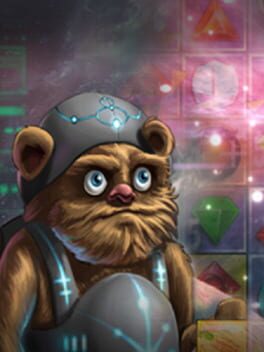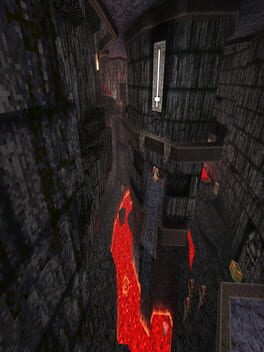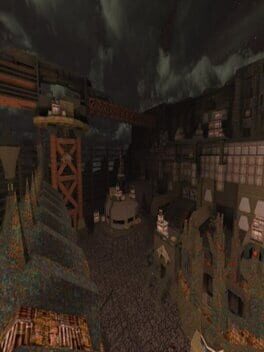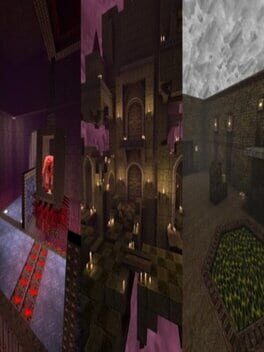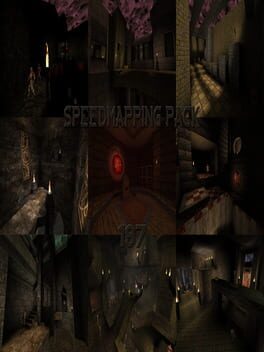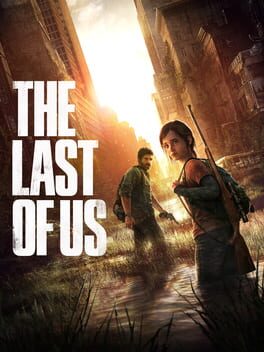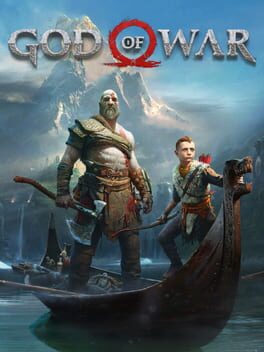Bidgey
45 reviews liked by Bidgey
Will be posting this on both Kino No Tabi I and II's pages since it will mainly be an analysis of the series' themes and are pretty much interchangeable with each other.
The language barrier impedes most of consuming media that would attract us elsewhere. Most Visual Novels and Japan exclusive titles suffer the fate of being forever stuck in obscurity without the ability to even be translated. While some do manage to escape from Nihon hell thanks to fan translations or even full on localizations, the raw poetry of the words, the dancing of words and playfulness of entendres is lost in many instances either way.
Kino No Tabi is a series of light novels published in sparsity since the 2000s, dealing with the protagonist Kino and her talking motorcycle Hermes as they explore the vast world around them, only staying at countries for 3 days max to assess all there is about the land's culture, their practices and alike before leaving and exploring the next terrain.
I do feel that literature is the best art form to encapsulate the human condition. Due to the way we can explore multiple perspectives, narrate of scenery, topics and imaginary fields for the longest of times along with the powerful image formed into our minds without the need of visuals, a story can tell much without ever explicitly showing the cards at it's hands.
While Visual Novels tend to reach literature and theatrical releases a lot more than they do video games in terms of writing, many visual novels tend to be hit or miss exactly due to that, they either accept their enhancements given by the way of visuals and soundtracks, or fall short on properly utilizing it's own medium. Afterall, if I'm going to be stuck reading for the next few hours, you might as well aid the atmosphere with some tunes or do more than put a doodle with a few different expressions to emote for me.
This is where Kino shines. We've got a fantastic soundtrack to accompany us in our travels, a fully narrated game with different voices for each character, animatics and moving sceneries to illustrate the stories being told, all of that culminate in the most beautiful writing conceived about the mysteries of exploring what is in and outside of the mind.
Here is Kino, always pushing forward in order to know all there is in the world. A reserved young teenager who claims to be fascinated with how the world is not beautiful, therefore making it beautiful because of that instead of in spite of it. A neutral presence who will shake hands with the same arm she uses to shoot the heads of whoever comes between her and her journey. A literal vehicle between us and the end who is nowhere in sight at the same time that is imminent and all encompassing.
Did the segregation of lands derive from a societal collapse? Why is there such an abrupt change in structure and technology between every country? Why can Hermes and other vehicles talk with humans? Will Kino ever find a place to confide and be in peace? Why does the world is so chock full of inequality that so many conflicting messages can be shown to the point of the overall narrative seeming schizophrenic, yet never contradictory?
You might get a glimpse of all these questions and more as it's episodic philosophical themes explore said ventures, however you will be hard pressed to find any answers. Much like the best of literature, it leaves a blank space between author, reader and art for you to fully immerse and live with the thoughts and implications these tales will bring with them.
While there is currently no way to play this in english, all of the tales inside Kino No Tabi I and II are all readable and translated in past and future light novels who were translated by fans, and while some of said genius is lost in translation, I could not encourage you enough to read all of it. It is a shame that we might perhaps never be abtle to support an author as fantastic as Keiichi Sigsawa overseas without him ever knowing of how much his works has changed several of our lives for the best, but if the world is what you make of it, then perhaps some change and hope might be in our way, even if the future or the present show no signs of prosperity, hope does not need a reason to be, much like life, our stories, or the world itself.
The language barrier impedes most of consuming media that would attract us elsewhere. Most Visual Novels and Japan exclusive titles suffer the fate of being forever stuck in obscurity without the ability to even be translated. While some do manage to escape from Nihon hell thanks to fan translations or even full on localizations, the raw poetry of the words, the dancing of words and playfulness of entendres is lost in many instances either way.
Kino No Tabi is a series of light novels published in sparsity since the 2000s, dealing with the protagonist Kino and her talking motorcycle Hermes as they explore the vast world around them, only staying at countries for 3 days max to assess all there is about the land's culture, their practices and alike before leaving and exploring the next terrain.
I do feel that literature is the best art form to encapsulate the human condition. Due to the way we can explore multiple perspectives, narrate of scenery, topics and imaginary fields for the longest of times along with the powerful image formed into our minds without the need of visuals, a story can tell much without ever explicitly showing the cards at it's hands.
While Visual Novels tend to reach literature and theatrical releases a lot more than they do video games in terms of writing, many visual novels tend to be hit or miss exactly due to that, they either accept their enhancements given by the way of visuals and soundtracks, or fall short on properly utilizing it's own medium. Afterall, if I'm going to be stuck reading for the next few hours, you might as well aid the atmosphere with some tunes or do more than put a doodle with a few different expressions to emote for me.
This is where Kino shines. We've got a fantastic soundtrack to accompany us in our travels, a fully narrated game with different voices for each character, animatics and moving sceneries to illustrate the stories being told, all of that culminate in the most beautiful writing conceived about the mysteries of exploring what is in and outside of the mind.
Here is Kino, always pushing forward in order to know all there is in the world. A reserved young teenager who claims to be fascinated with how the world is not beautiful, therefore making it beautiful because of that instead of in spite of it. A neutral presence who will shake hands with the same arm she uses to shoot the heads of whoever comes between her and her journey. A literal vehicle between us and the end who is nowhere in sight at the same time that is imminent and all encompassing.
Did the segregation of lands derive from a societal collapse? Why is there such an abrupt change in structure and technology between every country? Why can Hermes and other vehicles talk with humans? Will Kino ever find a place to confide and be in peace? Why does the world is so chock full of inequality that so many conflicting messages can be shown to the point of the overall narrative seeming schizophrenic, yet never contradictory?
You might get a glimpse of all these questions and more as it's episodic philosophical themes explore said ventures, however you will be hard pressed to find any answers. Much like the best of literature, it leaves a blank space between author, reader and art for you to fully immerse and live with the thoughts and implications these tales will bring with them.
While there is currently no way to play this in english, all of the tales inside Kino No Tabi I and II are all readable and translated in past and future light novels who were translated by fans, and while some of said genius is lost in translation, I could not encourage you enough to read all of it. It is a shame that we might perhaps never be abtle to support an author as fantastic as Keiichi Sigsawa overseas without him ever knowing of how much his works has changed several of our lives for the best, but if the world is what you make of it, then perhaps some change and hope might be in our way, even if the future or the present show no signs of prosperity, hope does not need a reason to be, much like life, our stories, or the world itself.
Archangel: Nemesis
2021
Drakengard
2003
Dokomademo Aoku...
2002
https://www.youtube.com/watch?v=UBqiIMVXDlw (OG intro)
https://youtu.be/VQsCusQJQMw (PS1 intro, it's really bad)
A year or so ago while looking through PS1 Japanese releases I saw an interesting title “Dokomademo Aoku…” I tried it out, and found the opening had text that was illegible, and the audio quality was rather poor. Curious, I looked it up, and found it was the all ages version of a visual novel called “Hateshinaku Aoku, Kono Sora no Shita de…” I couldn't immediately find a good copy of it, so I let it sit for a while while I did other things (I couldn't have likely read it very well in Japanese at the time anyway,) until in March of this year I acquired a copy of the Complete Edition: an updated full voice edition. And so I started reading Hateao (the shortening I'm using for the rest of this review because the full title is long.)
The story starts with the announcement of the closure of Azumi Academy, due to a lack of pupils. The atmosphere is gloomy as the 6 students (it shouldn't be a surprise the main character is the only male student) realize that this year will likely be their last year together as a group. On his way home, Masashi (the protagonist) feels an inhuman gaze from the Homura Mountain, where the God of the Mountain is said to live, and later that night he is attacked in his house by Dojima, the ex-politician who is trying to forcibly develop Azumi Village after being forced out of politics for his alleged connections with organized crime. The students begin to be forcibly dragged into adulthood, the village into modernity, and something ancient appears to be watching over all of it. A very long, and cruel year begins.
Hateao is a bit difficult to place genre-wise, and I couldn't find any official genre for it. 伝奇 (denki, taken from the Chinese Chuanqi) is the term I've seen thrown around the most and I'll link a page I found that describes what that means in a Japanese literary context at the end (if you've heard of Teito Monogatari, it's that,) but if I have to explain what the genre means in the first place I probably need another description for this review.
I'm far from an expert on literary genres but I suppose something like "occult mystery" or "gothic horror" would be the best description of Hateao's contents. The languid country life of the characters being shattered serves mostly to drive the overarching narrative of the forgotten history and ancient pacts which have led Azumi Village to its peculiar isolation from modernity to the forefront, (I've seen theories that the game takes place in the post-war Showa era online, but I think it's meant to take place around roughly 2000. The village is just so old-fashioned it just seems like it could be in the post-war era.)
Before going into the routes, and how I felt about each of them, I’ll mention that while there is no forced route order, this game would be well-served by a route order. Some character’s routes simply have more of the mysteries of the village revealed (you could probably find out almost everything you learn from the Yuuka, Amane, and Ai routes just by doing the Asuna and Fumino routes.) I went in the order of Yuuka>Ai>Amane>Asuna>Fumino and I’ll be going over the routes in that order, but my recommended route order is Yuuka>Ai or Amane>whichever one you didn't do>Asuna>Fumino. The key point being that you do Yuuka’s route first and Asuna and Fumino in a sequence, and last.
I’ll be brief and mostly vague with these, but skip over this part for spoilers in case you want to go in (mostly) blind. The game is split into an opening ceremony prologue>spring>summer>autumn>winter chapter system. Spring narrows down your route choices, and summer is where you determine your route. Autumn is usually where the bulk of horrible shit happens, and where you’ll make the choices that determine the good or bad ending. Winter is: https://imgur.com/q2wC3Dh
Yuuka Route
Yuuka is the shrine maiden of the Homura Shrine and the childhood friends of childhood friends (kind of a weird character trait to have when everyone has grown up together besides Fumino, but whatever.) Her route doesn’t have a lot of mystery but it serves as a decent introduction to the state of the village, and some of the deeper mysteries peek their head in towards the end, (a certain area only appears in this route and Fumino’s.) Has probably the most unpleasant scene in the entire vn as well, if you make it through this route, you’ll be able make it through the rest, probably. Bad ending is ok.
Ai Route
This route is probably one of the most revelatory routes outside of Fumino’s. It’s got a good balance of character drama and mystery. I don’t really care for little sister types like Ai, but this was probably my favorite route. It didn’t feel clunky like the Fumino route, meandering like the Asuna route, and was much more interesting than the Yuuka and Amane routes. Bad ending is meh.
Amane Route
Torture, torture torture. Both physical, and emotional. Just a very difficult route to read, and not a lot is revealed. Probably the closest the vn got me to tearing up. There’s a lot of hopelessness and powerlessness in the autumn chapters of the routes usually, but this one in particular was painful. Amane losing her ability to speak, and having difficulty writing in the winter chapter probably just hit a bit too close to home for me. Bad ending is just kind of lame.
Asuna Route
Scooby dooby doo, where are you? Mostly just Masashi and Asuna getting led around by Fumino until Asuna disappears and nothing much happens until the climax, which either is meh in the case of the good ending, or one of the coolest scenes in the game in the case of the bad ending. Most of the info given here is just a summary of the Yuuka-Amane-Ai trinity, and the ending is very similar to the Fumino route. Bad ending is better than the good ending for this route only.
Fumino Route
The manipulation queen of Azumi Village negs you for roughly 7 hours. This feels like it’s meant to be the “true route” which wraps up everything but it isn’t really that, and as a result it neither manages to wrap up everything, or focus on Fumino. Clunky. Fumino is a fun character though. If you’ve ever played KOTOR 2, imagine a cuter Kreia. Didn’t do the bad ending.
So, there’s probably two large areas to criticize this visual novel. The first is the h-scenes, and the, to put it mildly, unpleasant nature of a lot of them. I suppose they manage to get the idea across of how horrible the human villains of the story are, but they tend to overwhelm the supernatural in terms of graphic content and as a result ended up being the part I ended up dreading more than the supernatural horrors. The Yuuka route in particular had a scene that was so nauseating that the supernatural horror afterwards was actually a relief. The Ai (both endings) and Asuna bad ending managed to balance this so I think it was possible, just didn’t really happen for most of this vn. Probably could’ve been cut down massively outside of the Yuuka and Amane routes and been fine, but it’s an eroge so it’s a bit of a requirement. Oh well, you can always skip them.
The second is that while the mysteries of the village are interesting, it never really comes together into anything in particular. There’s more or less enough information to figure out what the hell is going on, but you’ll probably figure it out before the final ending, and then you’re just left with a sort of half-satisfied feeling since there’s no real big “climax.” There’s a post-credits bit after you get all the good endings that’s cute, but it’s not really some sweeping conclusion scene. There’s a sequel however that likely does more with the setup, (and which features Fumino, who was kind of the “Mystery Solver” Character,) so this point doesn’t really drag the game down that much.
Overall, I enjoyed the roughly 60 hours I spent with the VN, and it ultimately turned out to more or less meet the expectations I had from finding the ps1 version a year ago. The atmosphere of Hateao is exquisite, with an excellent sense of location. Music is sparse, but used effectively, and sound effects (well, background ones, some of the “horror” sound effects are somewhat cheesy) are used very effectively. I have no idea when I’ll play the sequel, Atori no Sora to Shinchuu no Tsuki, but I will one day. Hateao seems to have a way of sticking with those that know of it, and visiting another one of TOPCAT’s cursed mountain villages is rather tempting.
On Windows 10 the vertical text option doesn't work properly, however if you use Fixmetrics from the following link it works http://albinina.sakura.ne.jp/ This also will fix the vertical text in Atori. Make sure not to have any compatability settings on it since that will cause Fixmetrics to not work properly.
Denki article I promised earlier:
https://jmystery.fandom.com/wiki/Shindenki_Movement
https://youtu.be/VQsCusQJQMw (PS1 intro, it's really bad)
A year or so ago while looking through PS1 Japanese releases I saw an interesting title “Dokomademo Aoku…” I tried it out, and found the opening had text that was illegible, and the audio quality was rather poor. Curious, I looked it up, and found it was the all ages version of a visual novel called “Hateshinaku Aoku, Kono Sora no Shita de…” I couldn't immediately find a good copy of it, so I let it sit for a while while I did other things (I couldn't have likely read it very well in Japanese at the time anyway,) until in March of this year I acquired a copy of the Complete Edition: an updated full voice edition. And so I started reading Hateao (the shortening I'm using for the rest of this review because the full title is long.)
The story starts with the announcement of the closure of Azumi Academy, due to a lack of pupils. The atmosphere is gloomy as the 6 students (it shouldn't be a surprise the main character is the only male student) realize that this year will likely be their last year together as a group. On his way home, Masashi (the protagonist) feels an inhuman gaze from the Homura Mountain, where the God of the Mountain is said to live, and later that night he is attacked in his house by Dojima, the ex-politician who is trying to forcibly develop Azumi Village after being forced out of politics for his alleged connections with organized crime. The students begin to be forcibly dragged into adulthood, the village into modernity, and something ancient appears to be watching over all of it. A very long, and cruel year begins.
Hateao is a bit difficult to place genre-wise, and I couldn't find any official genre for it. 伝奇 (denki, taken from the Chinese Chuanqi) is the term I've seen thrown around the most and I'll link a page I found that describes what that means in a Japanese literary context at the end (if you've heard of Teito Monogatari, it's that,) but if I have to explain what the genre means in the first place I probably need another description for this review.
I'm far from an expert on literary genres but I suppose something like "occult mystery" or "gothic horror" would be the best description of Hateao's contents. The languid country life of the characters being shattered serves mostly to drive the overarching narrative of the forgotten history and ancient pacts which have led Azumi Village to its peculiar isolation from modernity to the forefront, (I've seen theories that the game takes place in the post-war Showa era online, but I think it's meant to take place around roughly 2000. The village is just so old-fashioned it just seems like it could be in the post-war era.)
Before going into the routes, and how I felt about each of them, I’ll mention that while there is no forced route order, this game would be well-served by a route order. Some character’s routes simply have more of the mysteries of the village revealed (you could probably find out almost everything you learn from the Yuuka, Amane, and Ai routes just by doing the Asuna and Fumino routes.) I went in the order of Yuuka>Ai>Amane>Asuna>Fumino and I’ll be going over the routes in that order, but my recommended route order is Yuuka>Ai or Amane>whichever one you didn't do>Asuna>Fumino. The key point being that you do Yuuka’s route first and Asuna and Fumino in a sequence, and last.
I’ll be brief and mostly vague with these, but skip over this part for spoilers in case you want to go in (mostly) blind. The game is split into an opening ceremony prologue>spring>summer>autumn>winter chapter system. Spring narrows down your route choices, and summer is where you determine your route. Autumn is usually where the bulk of horrible shit happens, and where you’ll make the choices that determine the good or bad ending. Winter is: https://imgur.com/q2wC3Dh
Yuuka Route
Yuuka is the shrine maiden of the Homura Shrine and the childhood friends of childhood friends (kind of a weird character trait to have when everyone has grown up together besides Fumino, but whatever.) Her route doesn’t have a lot of mystery but it serves as a decent introduction to the state of the village, and some of the deeper mysteries peek their head in towards the end, (a certain area only appears in this route and Fumino’s.) Has probably the most unpleasant scene in the entire vn as well, if you make it through this route, you’ll be able make it through the rest, probably. Bad ending is ok.
Ai Route
This route is probably one of the most revelatory routes outside of Fumino’s. It’s got a good balance of character drama and mystery. I don’t really care for little sister types like Ai, but this was probably my favorite route. It didn’t feel clunky like the Fumino route, meandering like the Asuna route, and was much more interesting than the Yuuka and Amane routes. Bad ending is meh.
Amane Route
Torture, torture torture. Both physical, and emotional. Just a very difficult route to read, and not a lot is revealed. Probably the closest the vn got me to tearing up. There’s a lot of hopelessness and powerlessness in the autumn chapters of the routes usually, but this one in particular was painful. Amane losing her ability to speak, and having difficulty writing in the winter chapter probably just hit a bit too close to home for me. Bad ending is just kind of lame.
Asuna Route
Scooby dooby doo, where are you? Mostly just Masashi and Asuna getting led around by Fumino until Asuna disappears and nothing much happens until the climax, which either is meh in the case of the good ending, or one of the coolest scenes in the game in the case of the bad ending. Most of the info given here is just a summary of the Yuuka-Amane-Ai trinity, and the ending is very similar to the Fumino route. Bad ending is better than the good ending for this route only.
Fumino Route
The manipulation queen of Azumi Village negs you for roughly 7 hours. This feels like it’s meant to be the “true route” which wraps up everything but it isn’t really that, and as a result it neither manages to wrap up everything, or focus on Fumino. Clunky. Fumino is a fun character though. If you’ve ever played KOTOR 2, imagine a cuter Kreia. Didn’t do the bad ending.
So, there’s probably two large areas to criticize this visual novel. The first is the h-scenes, and the, to put it mildly, unpleasant nature of a lot of them. I suppose they manage to get the idea across of how horrible the human villains of the story are, but they tend to overwhelm the supernatural in terms of graphic content and as a result ended up being the part I ended up dreading more than the supernatural horrors. The Yuuka route in particular had a scene that was so nauseating that the supernatural horror afterwards was actually a relief. The Ai (both endings) and Asuna bad ending managed to balance this so I think it was possible, just didn’t really happen for most of this vn. Probably could’ve been cut down massively outside of the Yuuka and Amane routes and been fine, but it’s an eroge so it’s a bit of a requirement. Oh well, you can always skip them.
The second is that while the mysteries of the village are interesting, it never really comes together into anything in particular. There’s more or less enough information to figure out what the hell is going on, but you’ll probably figure it out before the final ending, and then you’re just left with a sort of half-satisfied feeling since there’s no real big “climax.” There’s a post-credits bit after you get all the good endings that’s cute, but it’s not really some sweeping conclusion scene. There’s a sequel however that likely does more with the setup, (and which features Fumino, who was kind of the “Mystery Solver” Character,) so this point doesn’t really drag the game down that much.
Overall, I enjoyed the roughly 60 hours I spent with the VN, and it ultimately turned out to more or less meet the expectations I had from finding the ps1 version a year ago. The atmosphere of Hateao is exquisite, with an excellent sense of location. Music is sparse, but used effectively, and sound effects (well, background ones, some of the “horror” sound effects are somewhat cheesy) are used very effectively. I have no idea when I’ll play the sequel, Atori no Sora to Shinchuu no Tsuki, but I will one day. Hateao seems to have a way of sticking with those that know of it, and visiting another one of TOPCAT’s cursed mountain villages is rather tempting.
On Windows 10 the vertical text option doesn't work properly, however if you use Fixmetrics from the following link it works http://albinina.sakura.ne.jp/ This also will fix the vertical text in Atori. Make sure not to have any compatability settings on it since that will cause Fixmetrics to not work properly.
Denki article I promised earlier:
https://jmystery.fandom.com/wiki/Shindenki_Movement
Façade
2005
SeaBed
2016
Tsui no Sora Remake
2020
This review contains spoilers
Was originally going to write a long review about how this game differs from Subahibi but after somehow being able to finish Kotomi route and reading half into the Zakuro route, I have no energy to read this because I'm not interested anymore.
Yeah I know what happens in Yasuko view and I couldn't care less. I get why Scaji remade Tsui no Sora from groundup while writing Subahibi. This game doesn't have anything that made Subahibi interesting. ANYTHING. Even the new additions don't help.
So I'll only share my notes on Philosophical, scientific and religious, references and quotes mentioned in the game:
The books and topics Yukito and Ayana talk about:
- https://en.wikipedia.org/wiki/Critique_of_Pure_Reason
- https://www.gutenberg.org/files/2529/2529-h/2529-h.htm
- https://www.gutenberg.org/files/52821/52821-h/52821-h.htm
- https://en.wikipedia.org/wiki/Antinomy
- https://en.wikipedia.org/wiki/Tractatus_Logico-Philosophicus
- https://en.wikipedia.org/wiki/Uniformitarianism
Yukito's monologue about ending of this movie, pretty cool btw would recommend watching:
- https://letterboxd.com/film/wittgenstein/
-https://www.youtube.com/watch?v=7TM0zA2_5UE
32-37 of this is the starting phrase of Dostoevsky's Demons, and mentioned in the game by either Ayana or Yukito. Can't remember which.
- https://www.churchofjesuschrist.org/study/scriptures/nt/luke/8?lang=eng
- https://en.wikipedia.org/wiki/Demons_(Dostoevsky_novel)
Ayana talks about this book, fun fact; this book was written years after the time the game set in. And also is about Octopuses. Totally not Cthulhu or Yog-Sothoth:
- https://en.wikipedia.org/wiki/Other_Minds:_The_Octopus,_the_Sea,_and_the_Deep_Origins_of_Consciousness
Can't remember what these were about but Ayana and Yukito had a talk about these:
- https://en.wikipedia.org/wiki/Perennial_philosophy
- https://en.wikipedia.org/wiki/Mind%E2%80%93body_dualism
- https://en.wikipedia.org/wiki/Mind%E2%80%93body_problem
One of Takuji's rants with Kotomi mention this:
- https://ja.wikipedia.org/wiki/%E6%B3%95%E8%8F%AF%E4%B8%83%E5%96%A9
Oh also Ayana is 'revealed' to be Yog-Sothoth and the Mahou Shoujo Riruru, like how it was implied in the Subahibi. I say 'revealed' because just like everything this has chance of being a Red Herring but I don't care.
I don't want to read a boring story because it has interesting Philosophical topics in it.
Yeah I know what happens in Yasuko view and I couldn't care less. I get why Scaji remade Tsui no Sora from groundup while writing Subahibi. This game doesn't have anything that made Subahibi interesting. ANYTHING. Even the new additions don't help.
So I'll only share my notes on Philosophical, scientific and religious, references and quotes mentioned in the game:
The books and topics Yukito and Ayana talk about:
- https://en.wikipedia.org/wiki/Critique_of_Pure_Reason
- https://www.gutenberg.org/files/2529/2529-h/2529-h.htm
- https://www.gutenberg.org/files/52821/52821-h/52821-h.htm
- https://en.wikipedia.org/wiki/Antinomy
- https://en.wikipedia.org/wiki/Tractatus_Logico-Philosophicus
- https://en.wikipedia.org/wiki/Uniformitarianism
Yukito's monologue about ending of this movie, pretty cool btw would recommend watching:
- https://letterboxd.com/film/wittgenstein/
-https://www.youtube.com/watch?v=7TM0zA2_5UE
32-37 of this is the starting phrase of Dostoevsky's Demons, and mentioned in the game by either Ayana or Yukito. Can't remember which.
- https://www.churchofjesuschrist.org/study/scriptures/nt/luke/8?lang=eng
- https://en.wikipedia.org/wiki/Demons_(Dostoevsky_novel)
Ayana talks about this book, fun fact; this book was written years after the time the game set in. And also is about Octopuses. Totally not Cthulhu or Yog-Sothoth:
- https://en.wikipedia.org/wiki/Other_Minds:_The_Octopus,_the_Sea,_and_the_Deep_Origins_of_Consciousness
Can't remember what these were about but Ayana and Yukito had a talk about these:
- https://en.wikipedia.org/wiki/Perennial_philosophy
- https://en.wikipedia.org/wiki/Mind%E2%80%93body_dualism
- https://en.wikipedia.org/wiki/Mind%E2%80%93body_problem
One of Takuji's rants with Kotomi mention this:
- https://ja.wikipedia.org/wiki/%E6%B3%95%E8%8F%AF%E4%B8%83%E5%96%A9
Oh also Ayana is 'revealed' to be Yog-Sothoth and the Mahou Shoujo Riruru, like how it was implied in the Subahibi. I say 'revealed' because just like everything this has chance of being a Red Herring but I don't care.
I don't want to read a boring story because it has interesting Philosophical topics in it.
13 lists liked by Bidgey
by Barmaglot |
1036 Games
by MiyaKa |
433 Games
by McFonCinVesker |
76 Games
by stealthrush |
1000 Games
by Amiee_C |
239 Games
by omnamo |
132 Games
by tendog |
13 Games
by Retro |
546 Games
by Fuiza |
11 Games
